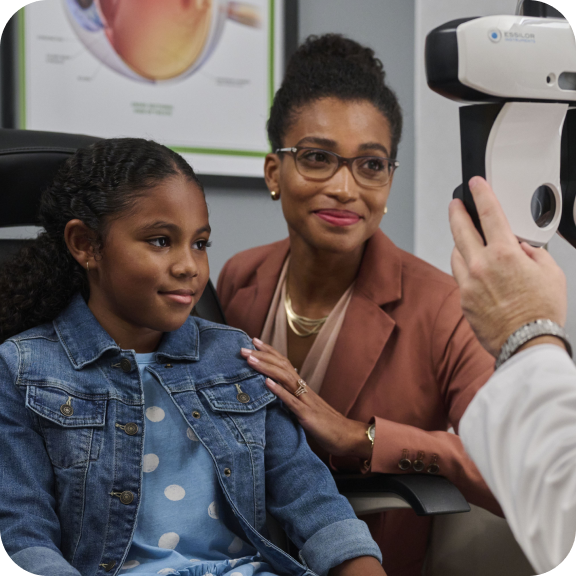4 signs your contacts may be expired or need replacement
Wondering how to know if your contact lenses are expired? It’s right there on the package.
It’s important to pay attention to the expiration date marked on your contact lenses and only wear them for the recommended amount of time. Wearing your contact lenses past the expiration date can negatively impact your eye health. Here are a few expired contact lens symptoms that indicate it may be time to replace them.
1. Your contacts are irritating and feel uncomfortable
Old contact lenses can accumulate protein deposits and bacteria, causing irritation and discomfort.
If your eye doctor fits your contact lenses correctly, they shouldn’t feel uncomfortable—so if you’ve cleaned your contact lenses and are still experiencing irritation, it may be a sign that it’s time to replace them.
Prolonged wear of uncomfortable lenses can lead to more severe issues, such as eye scratches or infections.
2. Your lenses appear cloudy
Regularly inspect your lenses and clean them thoroughly. If you still have cloudy or blurry vision after cleaning your contact lenses with a saline rinse, they may be expired.
Bacteria buildup, protein deposits, or the breakdown of the lens material over time may be causing your contacts to appear cloudy. This buildup can interfere with your vision, cause discomfort, and put you at risk for dry eye or infections.
3. Your lenses are bent out of shape
If your contact lenses are noticeably bent or dented, you should replace them. Bent or torn lenses can scratch the cornea and make it easier for bacteria to pass through, increasing the risk of infection and other complications.
Damaged lenses can also affect your vision. Always handle them with care and inspect them before use. If you notice a lens is torn, jagged, or bent, toss it out and use a new one.
4. You want lenses with better features
There are many types of contact lenses on the market that are designed for different conditions and preferences.
For example, you might want lenses with more hydration if you have dry eye, multifocal lenses for presbyopia, toric lenses for astigmatism, UV protection, or simply contacts you can wear for longer.
Switching to lenses with better features may be the answer to your discomfort. Talk to your eye doctor to explore your options.




































